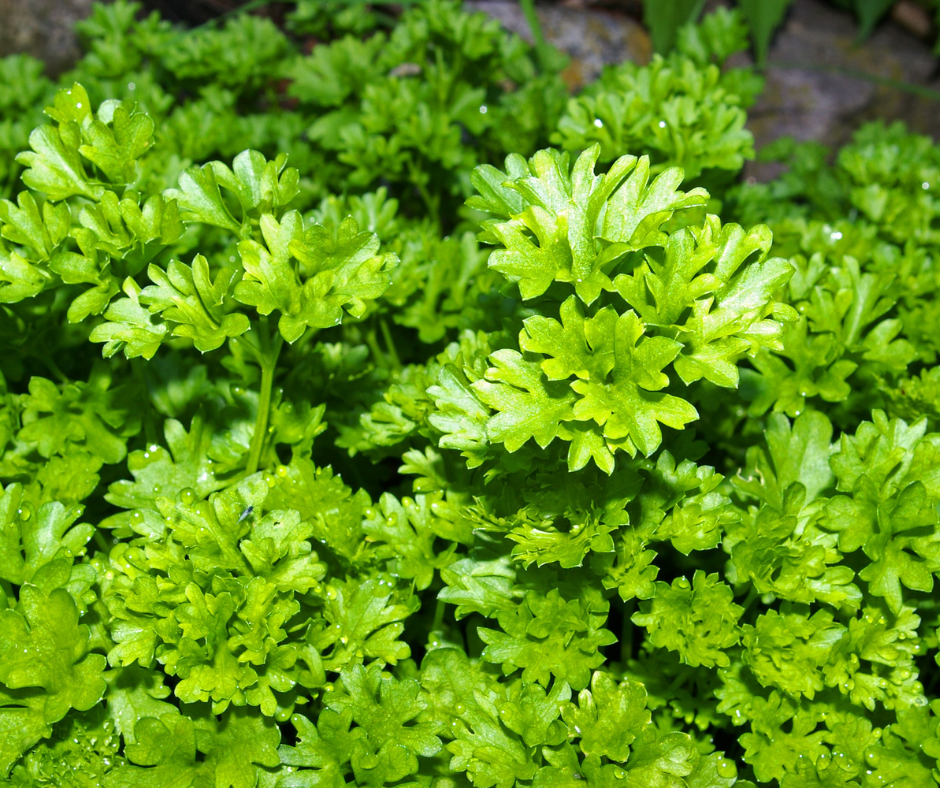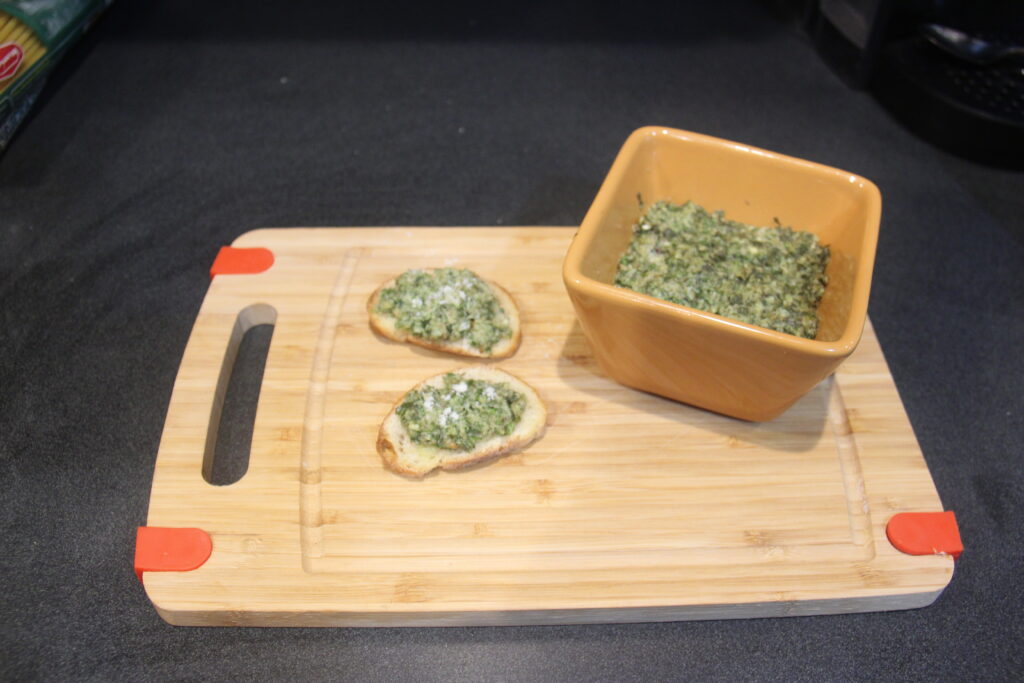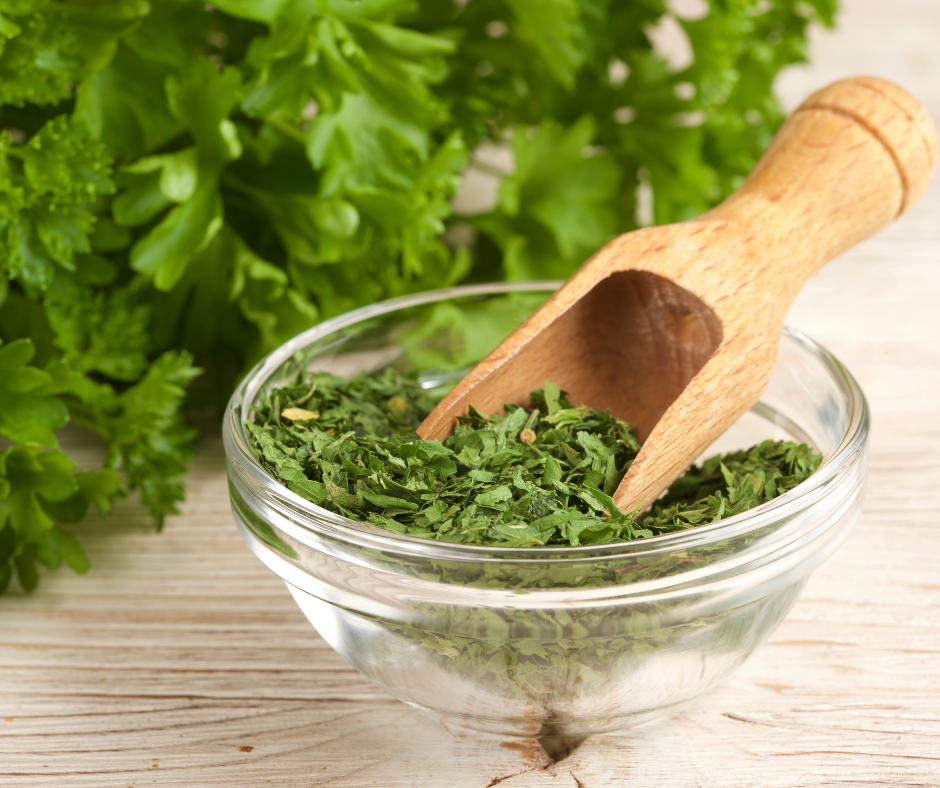
Parsley has more uses than being a decoration on the plate. The simplest dishes look attractive and fancy when parsley is added to the plate.
It is actually a very versatile herb and has a distinctive flavor and a variety of uses.
Do fresh and dried parsley differ in flavor?
Parsley is available in both dried and fresh forms. Which one is better? One of the chief concerns with any herb or spice substitution is the difference in flavor. You want to consider factors like flavor and shelf life. The flavor of parsley does not concentrate during the drying process. Therefore, dried parsley is muted. It is not as good of a seasoning as fresh and will not clash with other seasonings. It should not be substituted for fresh. While you can use the fresh version to provide a bold and herbaceous note to a range of foods, dried parsley is less useful as a seasoning. In fact, you may want to limit your use of the dried herb to garnishing your dishes.
Pay attention to the other flavors in your dish when replacing a subtle herb like dried parsley with a more brightly flavored one. In addition, you will need to adjust the amounts. When using fresh parsley in place of dried parsley, use about half the amount that your recipe requires for the dried herb. You will also want to add it at the end of the cooking time since fresh parsley does not stand up well to long cooking times. Parsley should be added at the end of the cooking process or it may turn the dish bitter.
Finely chopped fresh parsley added to butter can make an excellent sauce for pasta. It will complement other herbs like oregano when added to meatballs. Parsley leaves are added to dishes, the stems can be added to soups and stocks to increase flavor. Blending parsley with cilantro, olive oil and garlic to makes a delicious chimichurri sauce.

The nutrients in parsley are not affected by drying. Parsley contains many nutrients and is loaded with antioxidants. Parsley is rich in vitamin K, which is an essential nutrient for optimal bone health. Eating foods high in this nutrient has been linked to a reduced risk of fractures and improved bone mineral density. So you see Parsley is not just a pretty face on a plate.
If you are trying to choose between fresh parsley and dried parsley, you may also want to think about the value of each as a garnish. Learn more as we delve into the fresh parsley vs. dried comparison.
Can you use fresh parsley in place of dried parsley and vice versa?
You can use fresh parsley in place of dried parsley in most instances, but you will need to remember the differences in flavor level. Dried parsley’s muted flavor is unlikely to clash with other herbs and spices, but the greener herbal notes of the fresh version might.
If you have another herb like chervil available, you may want to use that instead. If you do decide to use dried parsley, you will want to double or triple the amount that your recipe requires to compensate for the milder flavor.
Is there a difference in the nutritional value of fresh parsley compared to dried parsley?
Unlike the flavor components, the nutrients in parsley are largely unaffected by drying. In fact, research shows that many nutrients are considerably more concentrated in the dried herb. Since parsley is usually dried shortly after harvesting, the polyphenols and carotenoids have less time to degrade.
Best uses for fresh and dried parsley
As noted above, the dried herb makes an excellent garnish and can be used to add a touch of green to an otherwise colorless soup or to a vinaigrette. Unlike the fresh herb, it can handle long cooking times without much of an effect on flavor. Parsley also makes a delicious pesto!

